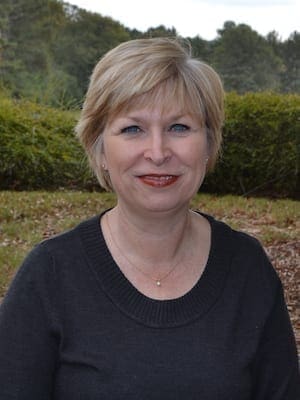Most denominations we know began in response to doctrinal conflict or disagreements over church polity. But in the late 18th century, one of America’s great denominations, the African Methodist Episcopal Church (AMEC), was started in reaction to racial discrimination and intolerance.
St. George’s Methodist Episcopal Church in Philadelphia, like most churches of the 18th century, segregated members according to race. During the 1780s, “Africans,” as they were known, began participating in greater numbers at St. George’s, and the officers and members reacted hostilely.
The sexton began seating Africans in the gallery of the church and would not allow them outside the area during the worship service. One Sunday in 1787, several Africans knelt to pray outside the galley. They were pulled up from their knees and told to return to their place.
In response to this incident, a group of Africans left the church. The leader was Richard Allen, a former slave who had bought his own freedom. Allen’s desire was to form a church where congregants were free to worship and where they were not subjected to the humiliation of segregation.
With his own money, he bought a lot at the corner of Sixth and Lombard Streets in Philadelphia. This lot is the oldest piece of real estate owned continuously by African Americans in the United States.
Allen then purchased a blacksmith shop so that the group would have a building in which to hold worship services. The blacksmith shop was moved to the lot, and the group organized a church.
The members of this new church were poor, and many of them could neither read nor write. Allen committed himself to the education of his church members, and the new church began holding night classes.
In deciding the denominational affiliation for this new church, Allen and the other leaders chose Methodism because it emphasized the simple gospel message which the uneducated members could understand. Methodism also had rules and regulations which the inexperienced members needed.
Thus, this new church became the Bethel African Methodist Episcopal Church. In July 1794, Bishop Francis Asbury of the Methodist Episcopal Church dedicated the church, and in 1799, Allen was ordained as a deacon.
In the years following, other African American churches were started in Maryland, New Jersey, Pennsylvania and Delaware. After much consultation and discussion, these churches came together in April of 1816 and formed a General Convention which they named the African Methodist Episcopal Church. Richard Allen was consecrated as its first Bishop.
In organizing this new denomination, the AMEC developed an episcopal structure that was closely aligned to the doctrine and practice of the Methodist church. To this day the AMEC does not differ significantly from the main branch of the Methodist denomination.
The AMEC describes its organizational structure as “connectional.” Bishops are the chief officers of this connectional organization. They are elected for life by a majority vote of the general conference, which meets every four years. The AMEC now has 19 bishops.
A second office is that of presiding elder. These elders assist the bishops, supervise the pastors in their districts, recommend pastoral appointments and oversee a district conference and a Sunday school convention.
Pastors in the AMEC receive yearly appointments to a local church on the recommendation of the presiding elder and with the approval of the bishop. The pastor has charge over the local congregation and is an ex-officio member of all boards, organizations and clubs of that church. The AMEC in 1999 had over 8,000 clergy men and women.
The AMEC has started 11 schools of higher learning, most of which are located in the South, and the church has missionaries stationed throughout the world, including the Caribbean, South America and Africa.
Today the AMEC is the largest African-American Methodist denomination in the United States with over 6,200 churches and 2,500,000 members.
Pam Durso serves as assistant professor of church history and Baptist heritage at Campbell University Divinity School in Buies Creek, N.C.

